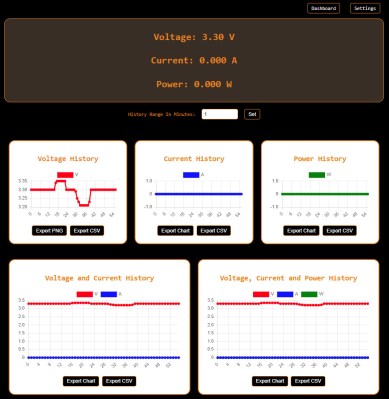In the annals of human history, clocks got boring there for a while. Most were just variations on hands spinning in a circle, with the occasional tweeting bird mechanism to liven things up. These days, we’re treated to all kinds of original and oddball designs, like this neat gimbal clock from [Twisted&Tinned].
The concept of the build is straightforward enough. It has four main vertical arms, each with a servo at the base that rotates about a vertical axis. Upon each arm are between one and three servos which rotate 3D printed structures in the shape of numbers. A Wemos D1 Mini microcontroller commands the servos to the correct positions to display the current time. It also uses its WiFi connection to get accurate time updates directly from a network time server.
It’s quite an artistic build—and it’s rather enjoyable to watch this one flex and twist its way into displaying the right time. It’s also easier to read at a glance than some of the more unintelligible designs out there. Indeed, we see all kinds of neat and innovative clocks around these parts.
Continue reading “Gimbal Clock Relies On Servos For Its Cool Movements”



















